One week ago, Alberto Nisman, the Argentine prosecutor who accused President Cristina Fernandez de Kirchner and other officials of white-washing Iran’s role in the devastating 1994 bombing of a Jewish center in Buenos Aires, was found lying in a pool of blood in his apartment. Seven days later, we still don’t know for sure what led to his death. Here are nine things we do know:
1. Nisman died from a single shot to the head
The fifty-one year-old Nisman was found in his bathroom, a 22-calibre handgun and single shell casing by his side. It was his mother and one of his bodyguards who found his body. Nisman’s bodyguards had called his mother, Sara Garfunkel, because Nisman wasn’t answering his phone.
Nisman died from a gunshot wound to his right temple, fired at close range from the gun found by his body. There were no traces of gunpowder on his hands, but Viviane Fein, the investigating prosecutor looking into the case, told local media that this was unsurprising given the small calibre gun. The autopsy found no signs of a struggle on the body, and Fein told the press that the shot that killed him was fired from a distance of no more than a centimeter away. A new autopsy report has since been published stating that he was shot from a distance of at least 15 centimeters.
Argentine prosecutor Alberto Nisman speaks during a meeting with journalists at his office in Buenos Aires in this May 29, 2013 file photo. (Reuters/File)
2. The gun was loaned to Nisman
The gun was loaned to Nisman by Diego Lagomarsino, thought to be the last person to have seen him alive. Lagomarsino, an IT technician, is thought to have worked for Nisman. He went to Fein just hours after the death was reported, and told her he lent Nisman the gun the day before his death for his protection. Lagomarsino is now under police protection and has been banned from leaving the country following a request from Fein. The English-language Herald in Buenos Aires reports that Attorney General’s Office sources say Fein suspects that Lagomarsino is in fact an intelligence agent.
3. Nisman was investigating the deadly 1994 Jewish center blast
The attack on the Asociación Mutual Israelita Argentina, which claimed 85 lives and wounded over 300 people, leveling the seven-story building, was the worst terrorist act in Argentinian history. It was also the deadliest single attack against a Jewish community since World War II. It came two years after the March 17, 1992 blast at Israel’s embassy in Buenos Aires, in which 29 were killed and 242 wounded.
Firefighters and rescue workers search through the rubble of the Argentine-Israeli Mutual Association community center, after a car bomb rocked the building in Buenos Aires, July 18, 1994 (AP/File)
Nisman’s death came only days after he accused President Fernandez de Kirchner, Foreign Minister Héctor Timerman, and other officials, of covering up Iran’s role in the blast, and just hours before he was to testify before a congressional committee about the explosive allegations.
Nisman was first assigned to the case in 2004 by former President Nestor Kirschner, the late husband of the incumbent. His appointment came after a botched investigation into the attack. Juan Jose Galeano, the judge leading that probe and ex-President Carlos Menem are set to go on trial later this year over accusations of covering up evidence and bribing witnesses.
In 2006, Nisman formally accused Iran and Hezbollah of responsibility, and claimed that the attack followed Argentina suspending a contract for transferring nuclear energy to Tehran. In 2007, Argentina secured Interpol arrest warrants for five Iranians and one Lebanese national over the incident. Among these was Mohsen Rabbani, who had been Iran’s cultural attache in Argentina at the time of the bombing. Although no one was brought to justice, it was widely believed in Western intelligence circles that Iran planned the bombing and Hezbollah carried it out. Iran has repeatedly denied links to the attack.
In 2013, Iran and Argentina signed a Memorandum of Understanding that would set up a truth commission to investigate the 1994 attack. This was slammed by some, and seen as a positive step by others. The MOU was not implemented, however, as its constitutionality was challenged in court.
4. Nisman accused the president of covering up Iran’s role in the attack
Last Wednesday, Nisman presented his 300-page criminal complaint, with evidence from wiretaps and other intelligence. In it, he accused de Kirchner, Timerman and other officials of conspiring to clear Iran of the charges in exchange for Iranian oil to make up for Argentina’s $7 billion per year energy deficit. On a TV interview that day, he said the president was working through a Buenos Aires middleman and conducting “impunity for oil” negotiations with Rabbani in Iran.
Nisman, of course, knew the gravity of these accusations. He told one reporter – twice – some days before he died that “I could end up dead from this,” He told another reporter that he had prepared his 15-year-old daughter for hearing nasty things said about him when the time came for him to testify in Congress.
Argentine judicial officials made his complaint public after his death.
5. President Fernandez de Kirchner said it was suicide – and then said it wasn’t
Very quickly after Nisman’s death, even before his autopsy was completed, Argentinian officials were pushing the idea that he had taken his own life. On Tuesday last week, two days after he was found dead, the president published a long statement on her website in which she discussed his apparent suicide. On Thursday, however, in another lengthy statement available on her website in Spanish and in English, she stunned Argentinians by writing about “The suicide that (I am convinced) was no suicide.”
In that statement, she included a series of Whatsapp messages that Nisman, who cut short a trip to Paris with his daughter because of the case, had sent to friends and family as proof that he didn’t kill himself. “Why would Prosecutor Nisman write a message in a chat like the one he wrote to explain to a group of close friends the reason for his sudden return from Paris, and then commit suicide?,” she asked.
6. Authorities claim rogue intelligence agents are behind the death
Less than 24 hours after Nisman’s body was found, on Monday night, Fernandez de Kirchner said Nisman’s allegations against her were false. In her statement on Thursday, she repeated this claim, saying he was given false information, without specifying who had fed him the idea that he had “the accusation of the century.”
According to the government, his death and the allegations in his complaint were related to internal politics in Argentina’s intelligence service, and intelligence agents who were recently fired, as Reuters has reported. The president’s chief of staff, Anibal Fernandez, said on Friday that, “When he was alive they needed him to present the charges against the president. Then, undoubtedly, it was useful to have him dead.”
In fact, the authorities claim that these rogue agents may have even been involved in writing parts of his report. Despite the accusations, no arrests have been made.
Argentina’s President Cristina Fernandez de Kirchner (R) and Foreign Minister Hector Timerman, at the annual summit of the Mercosur trade bloc in Mendoza, June 29, 2012 (Reuters/File)
7. Those close to Nisman don’t think it was suicide, either
They may not buy the official version of events, but those close to him say there were no indications he was contemplating suicide. The deceased prosecutor did not leave a suicide note, and friends say he was in good spirits ahead of his scheduled Congress appearance. His ex-wife, Sandra Arroyo, told journalists she didn’t think it was suicide, as did his mother.
8. The journalist who broke the story of his death has fled Argentina out of fear for his safety
Damian Pachter, whose tweet on January 19 broke the story of Nisman’s death, left the country Saturday out of concern for his safety, arriving in Israel on Sunday.
“I’m leaving because my life is in danger. My phones are tapped,” Pachter, a reporter for the English-language Herald newspaper in Argentina’s capital, told the Infobae website.
Arriving in Israel, where he is a citizen, Pachter on Sunday published an account in Haaretz of why he fled the country. In it he describes being followed by an undercover intelligence agent and saying goodbye to his mom in what were “the craziest 48 hours of his life.”
Encontraron al fiscal Alberto Nisman en el baño de su casa de Puerto Madero sobre un charco de sangre. No respiraba. Los médicos están allí.
9. Most Argentinians believe Nisman was murdered
A poll conducted on Wednesday found that 70 percent of Argentinians believe that Nisman was murdered. It doesn’t look like they buy Fernandez’s version of events, either: 82 percent believe his allegations against the government, the poll says.
Infographic by Haaretz
 People hold placards that read “Justice” during a rally in front of the headquarters of Argentine Israelite Mutual Association in Buenos Aires to protest the death of Alberto Nisman, Jan. 21, 2015.
People hold placards that read “Justice” during a rally in front of the headquarters of Argentine Israelite Mutual Association in Buenos Aires to protest the death of Alberto Nisman, Jan. 21, 2015.



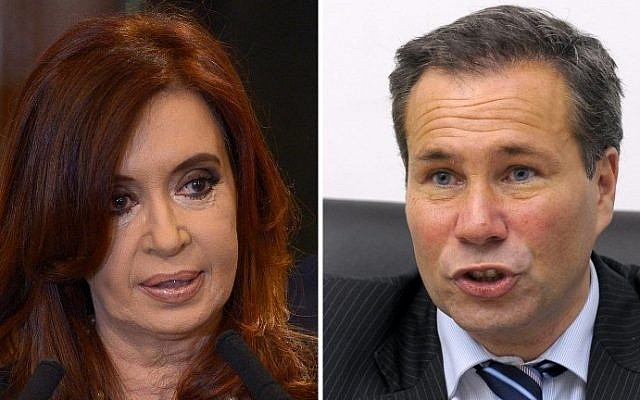
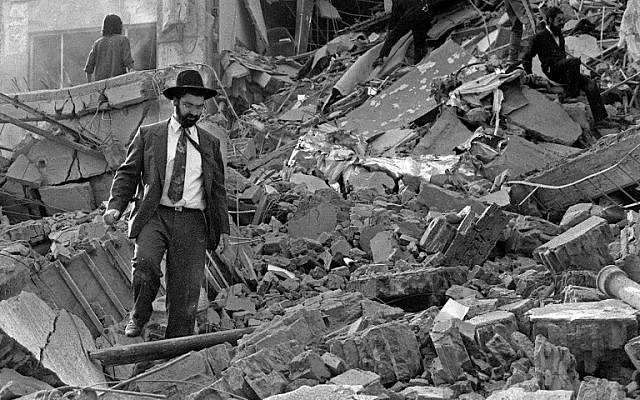
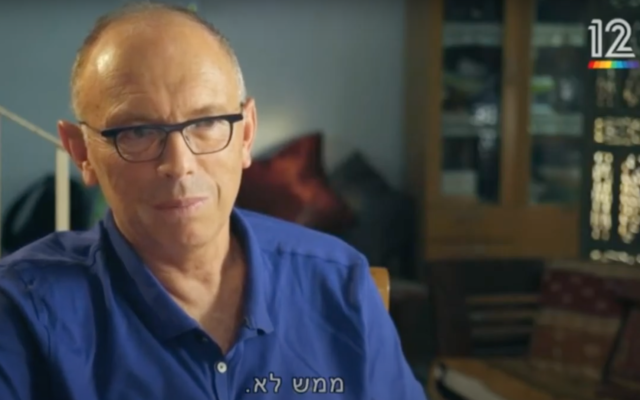
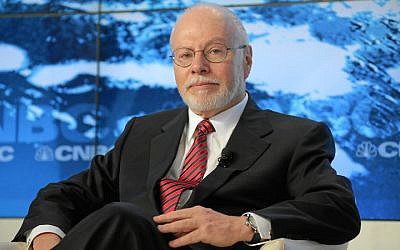

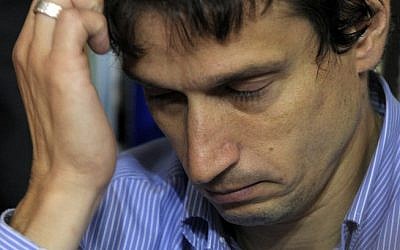
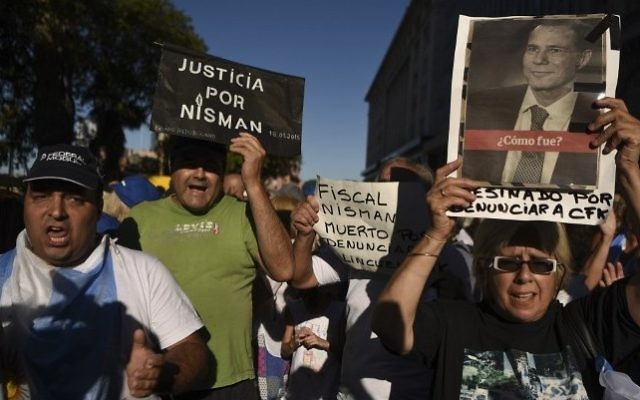
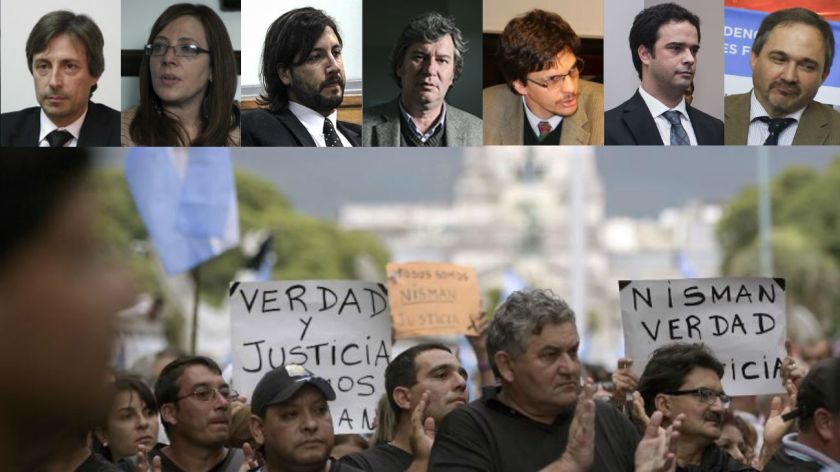
 Foto: Dyn
Foto: Dyn El artículo fue publicado el sábado 26 de marzo de 2011 del Diario PERFIL
El artículo fue publicado el sábado 26 de marzo de 2011 del Diario PERFIL
